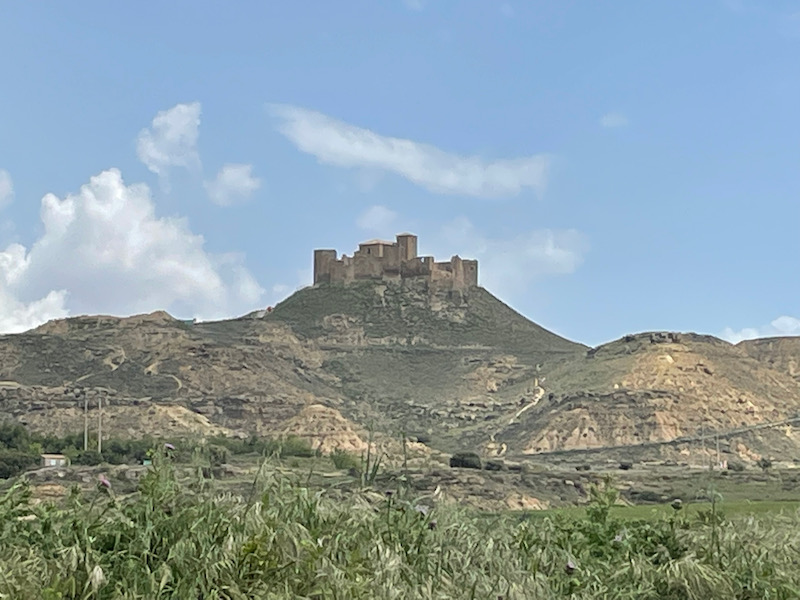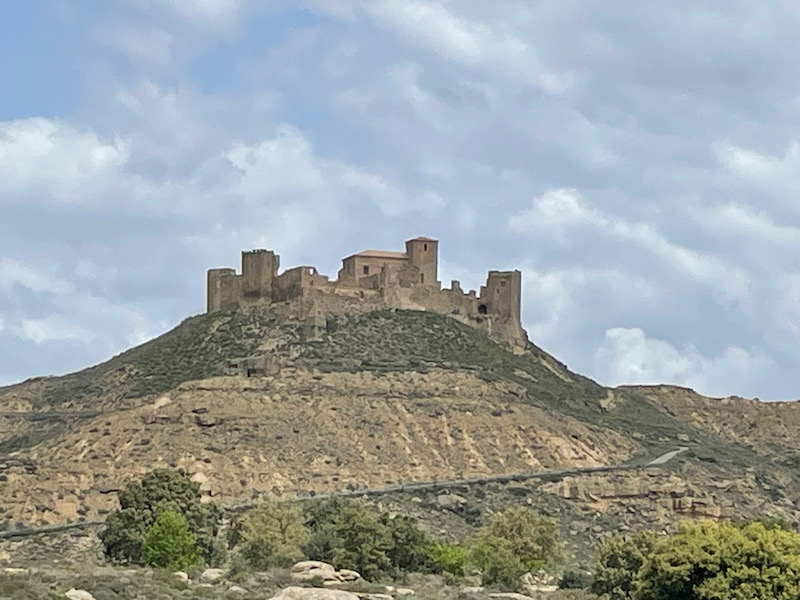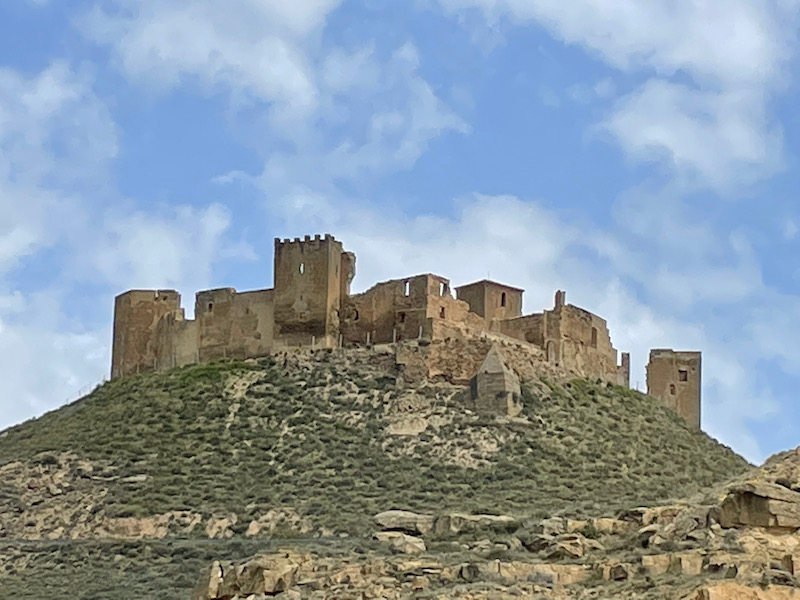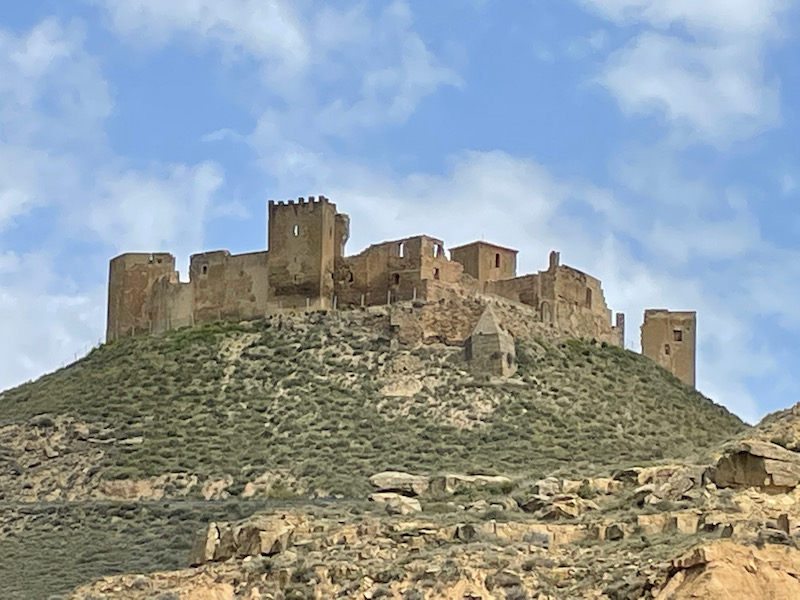Our Blog - Huesca, Spain
As with almost all of the cities in Spain that we have visited on this trip, Huesca dates back before the Romans. During Roman times, the city was known as Osca, and was a Roman colony under the rule of Quintus Sertorius, who made Osca his base. The city minted its own coinage and was the site of a prestigious school founded by Sertorius to educate young Iberians in Latin and Roman customs. The Arabs conquered the city in the late 8th century, and the city name changed to Washqah. In 1094, Sancho Ramirez built the nearby Castle of Montearagón with the intention of laying siege to Wasqah but was killed by a stray arrow as he reached the city's walls.
This was just a quick stop, so we only went to visit the Cathedral, grabbed a quick bite, and headed back on the road. The cathedral was actually quite nice, and is on a lovely little square across from the town hall building, which is a good example of a 16th-century Aragonese architecture.
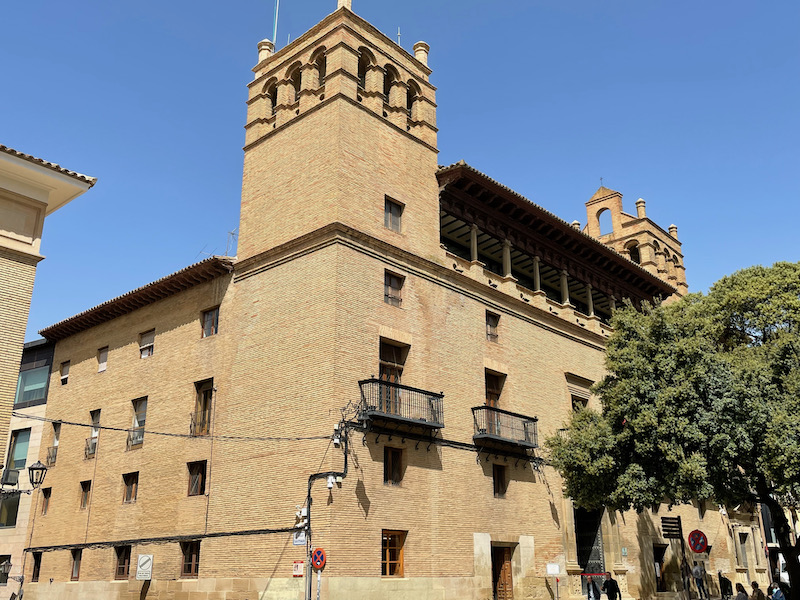
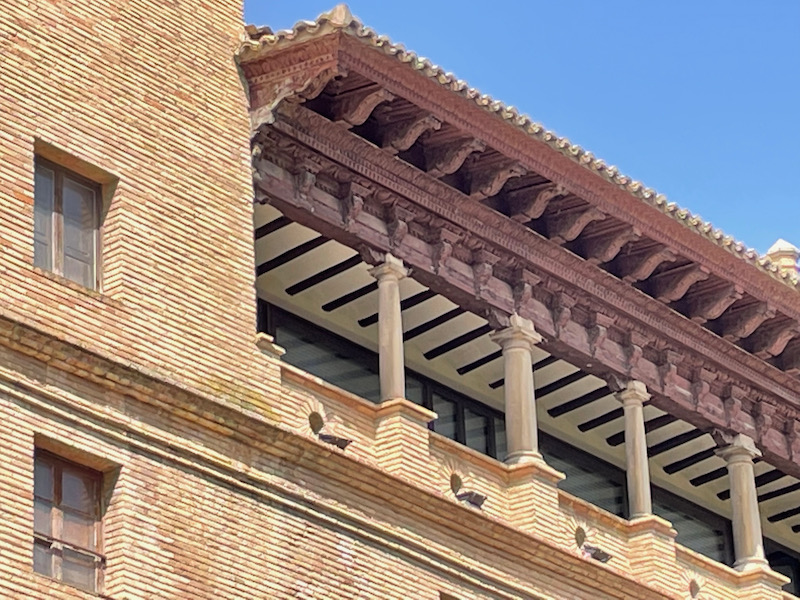
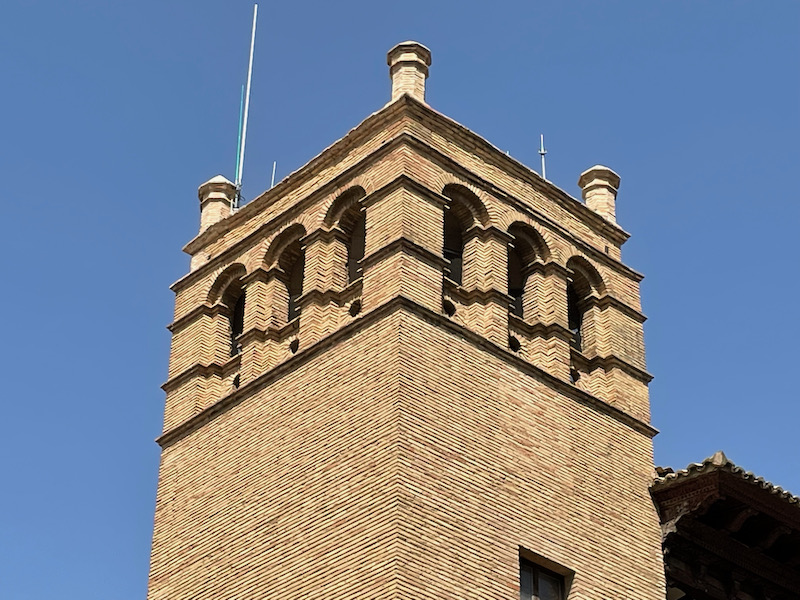
The Huesca Cathedral was started in 1273 by king James I of Aragon on the ruined foundations of a mosque. Work on the Gothic style Cathedral continued until the 15th century. The doorway was built between 1300 and 1313 and has carvings depicting the Apostles. The cloister and the bell-tower were added in the 15th century.
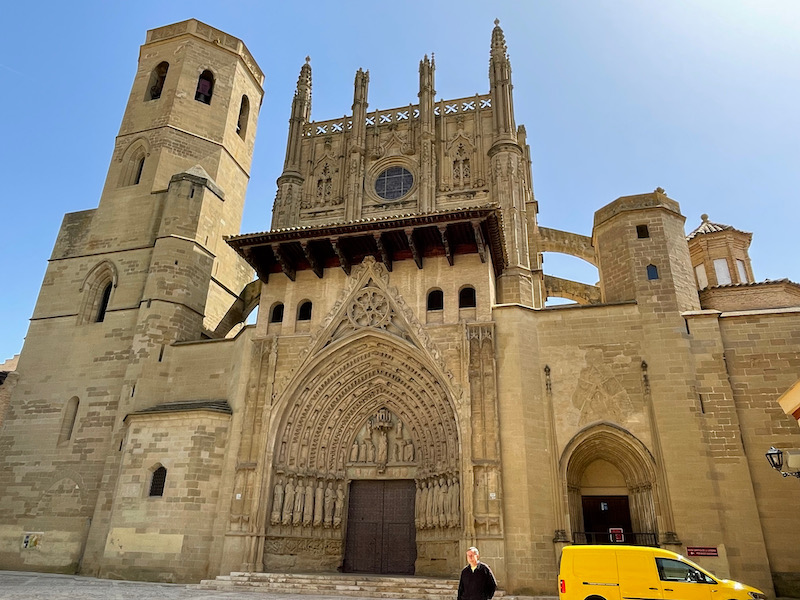
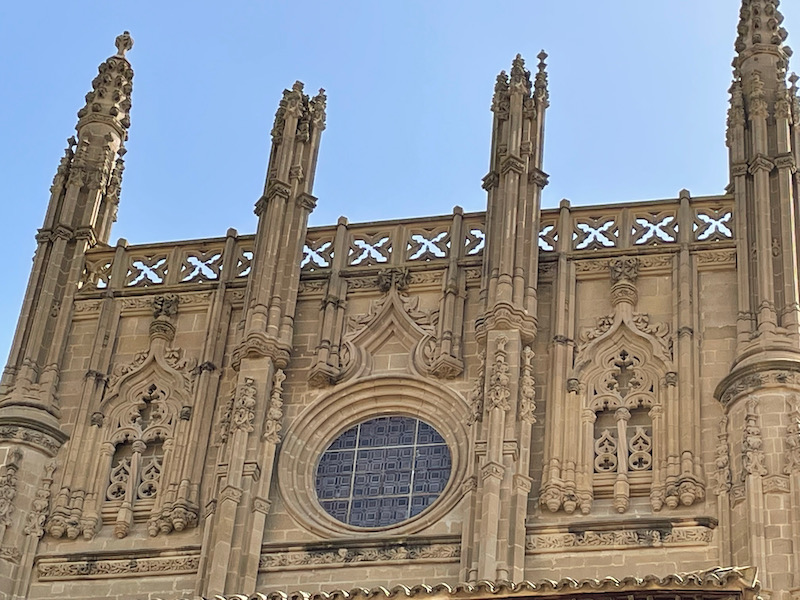
Here we have the 14th century doorway and a close-up of a couple of the statues and the tympanum with the Virgin Mary and the Child Jesus. The complex is protected by a large Renaissance-style wooden eave from the 16th century, a very common architectural element in Aragon (you see the same type of flat wooden roof as part of the town hall).
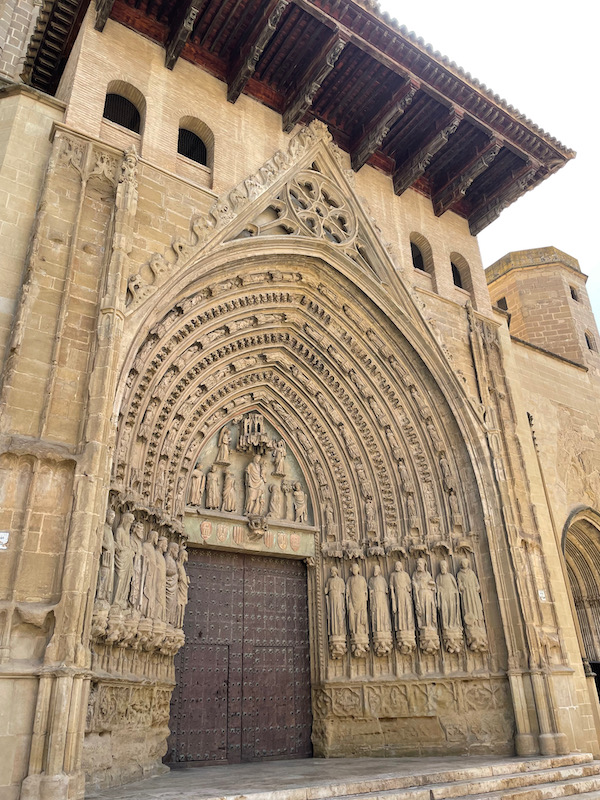
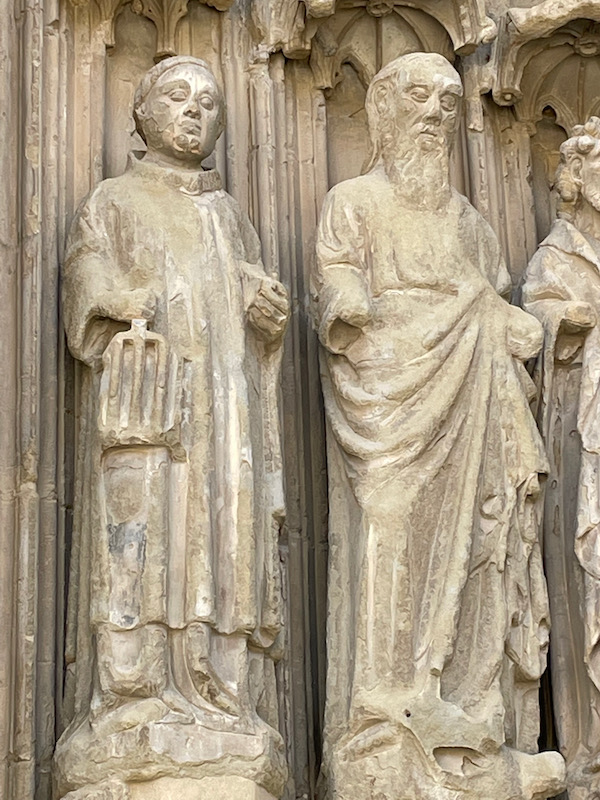
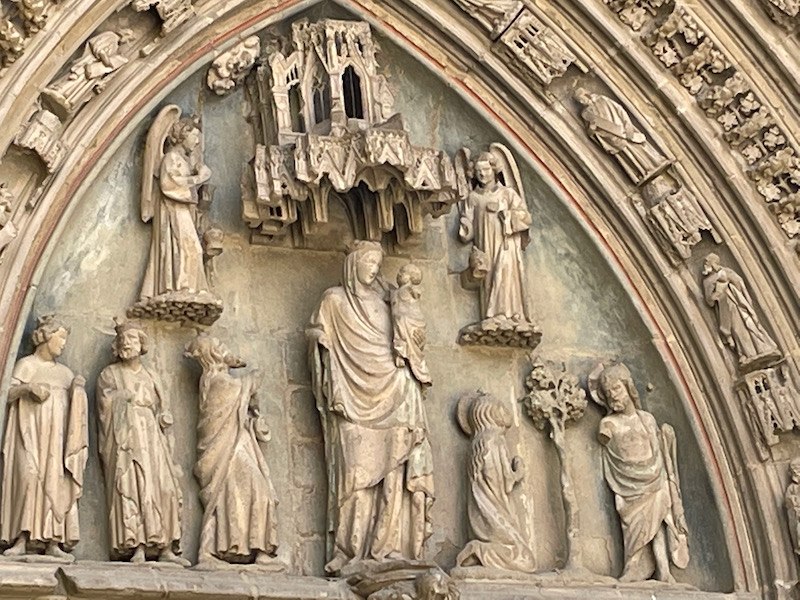
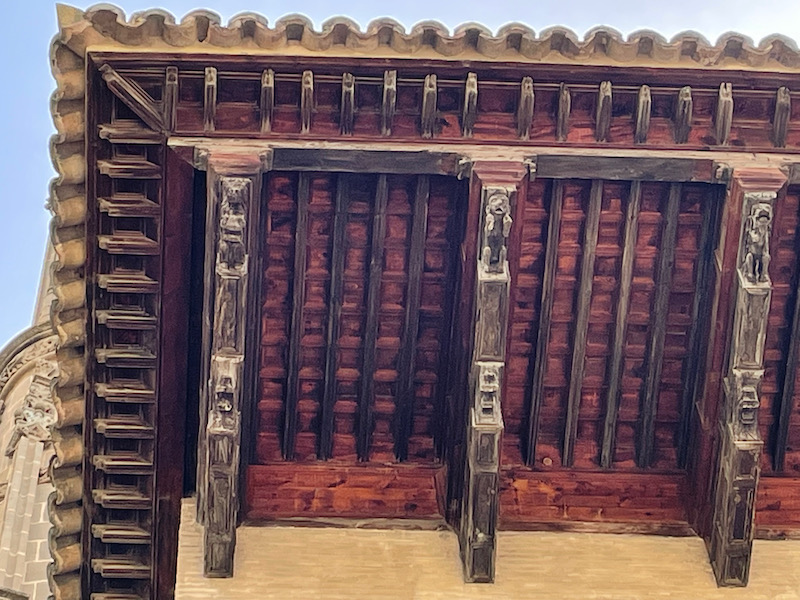
The Cathedral Museum is housed in the old cloisters and it had some interesting pieces. This first one is a silver altarpiece which is actually an ensemble of pieces dating from the 16th to the 19th centuries. Six reliquary busts are part of the display but they are not actually part of the original altarpiece. They were created by different artists during the 17th century and represent Saint Lawrence, Saint Vincent, Saints Orientius and Patientia (parents of St Lawrence) and Saints Orientius and Martin.
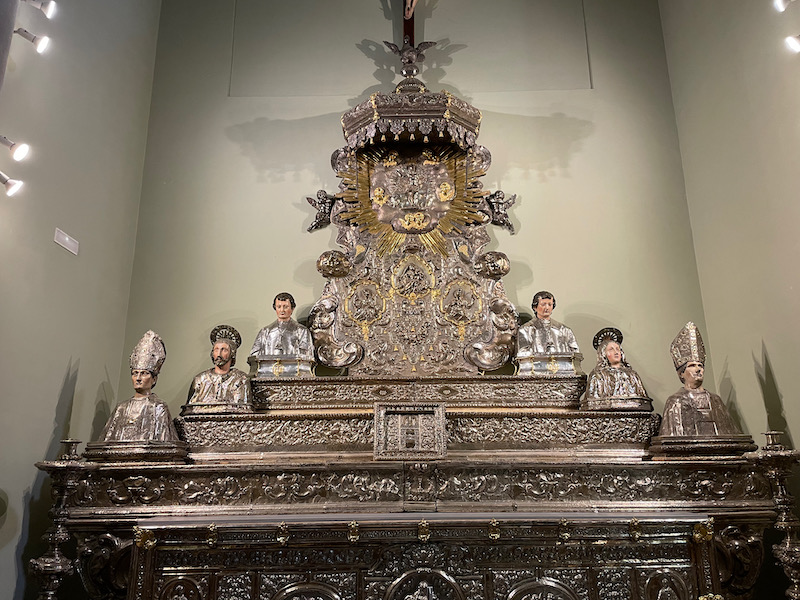
I mentioned the Castle of Montearagón above ... this next piece is an alabaster altarpiece from the Castle-Abbey of Montearagón which was constructed in the early sixteenth century.
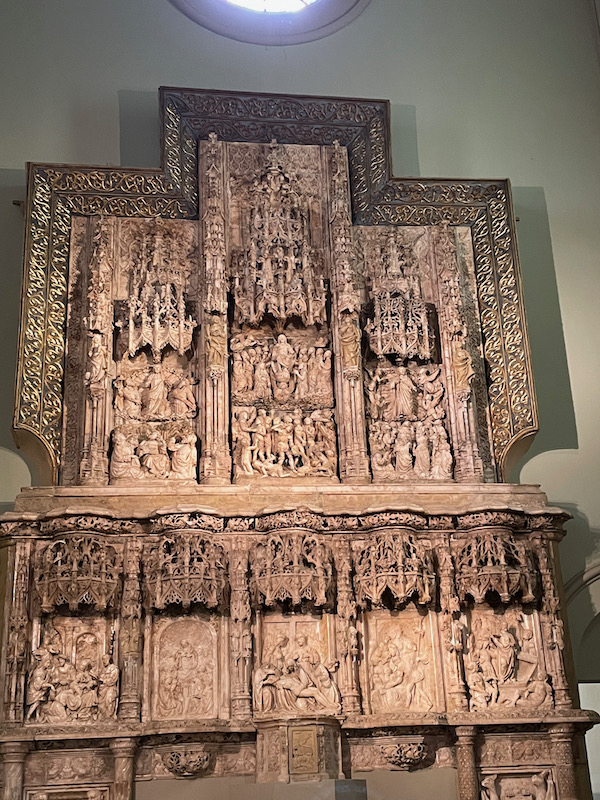
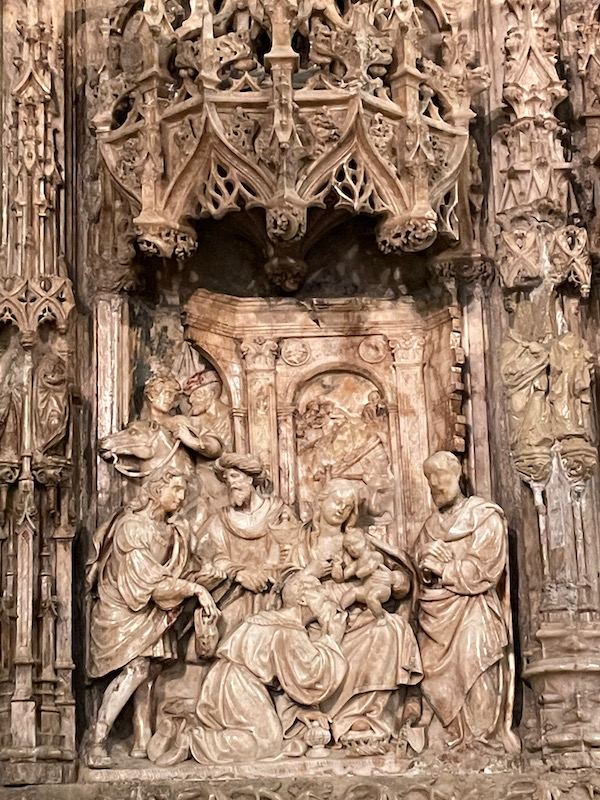
A couple of aisles from the old cloister, which now houses various pieces including a set of sarcophagi.
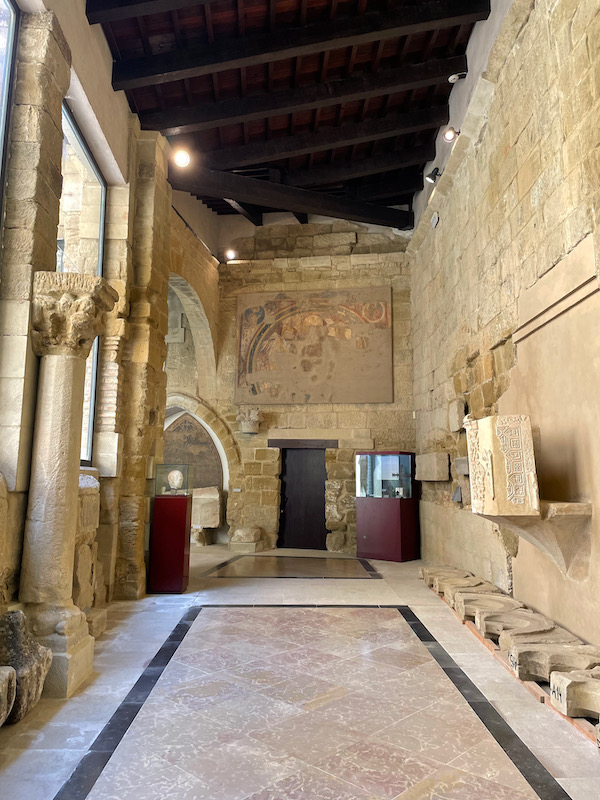
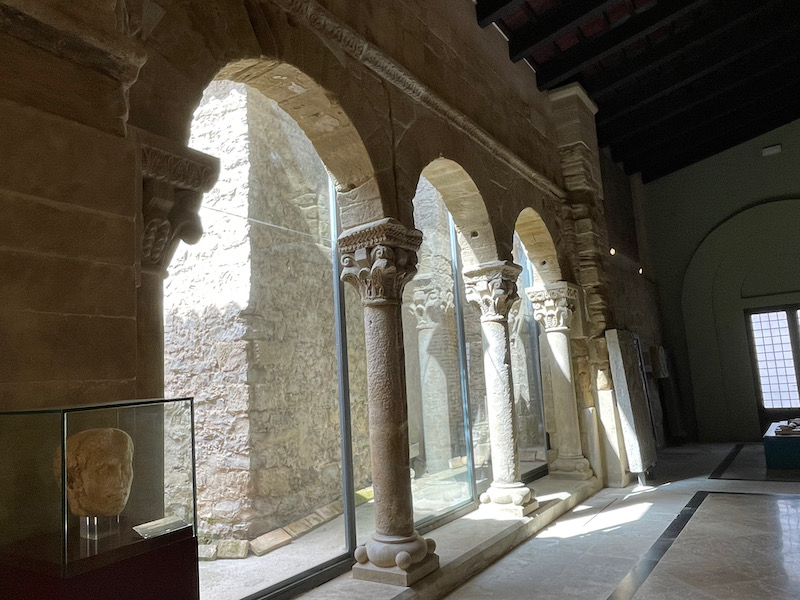
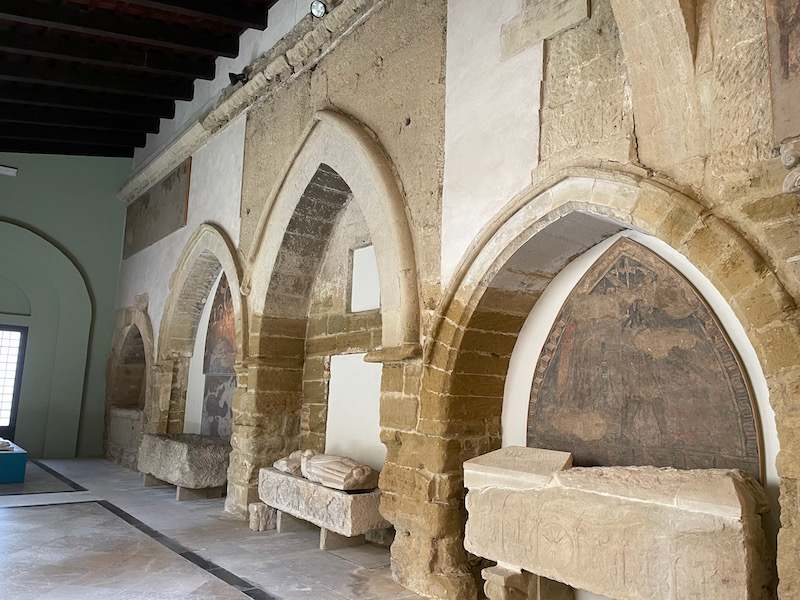
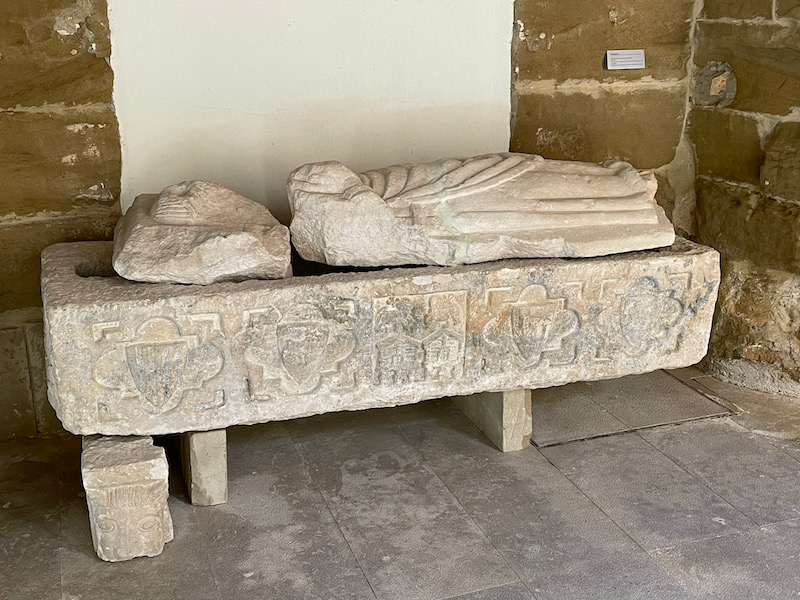
These musical angel frescoes are from 1304 and came from the San Juan Evangelista chapel in the Cathedral.
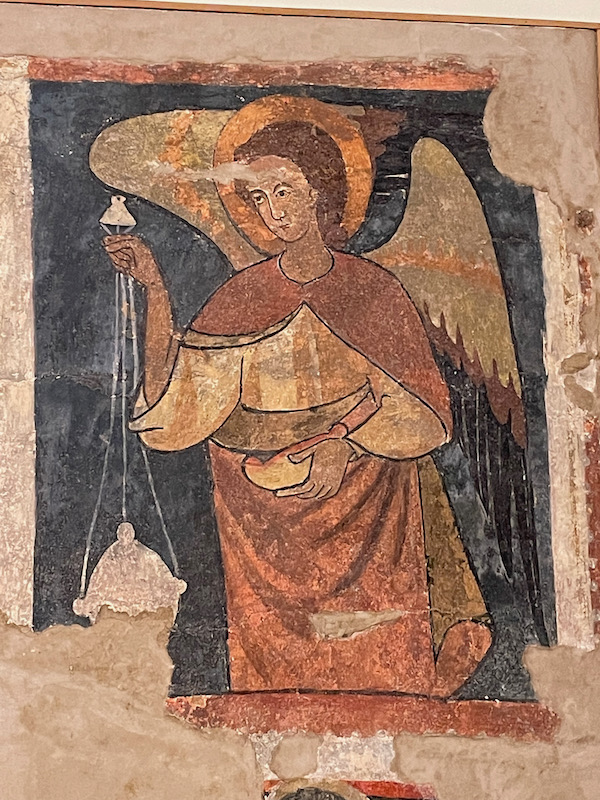
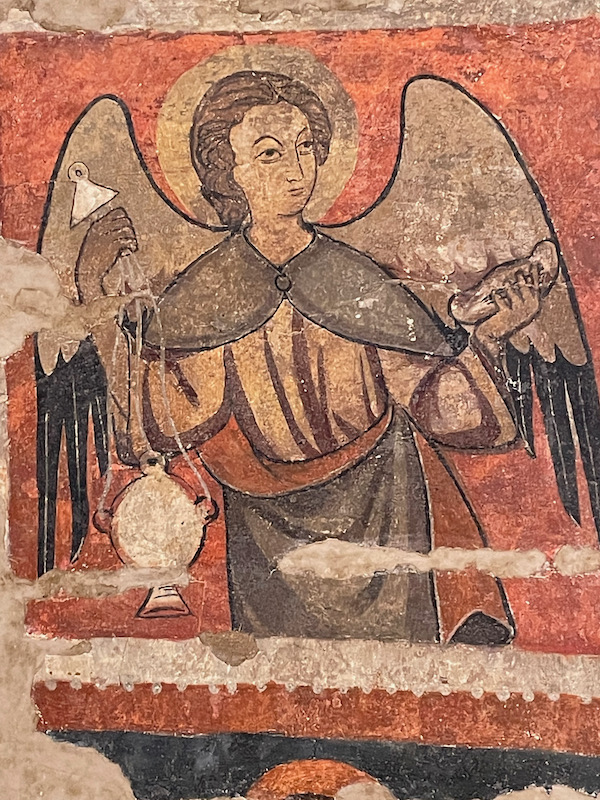
Then I have a couple different paintings that I thought were very nice, dating from the 14th and 15th centuries.
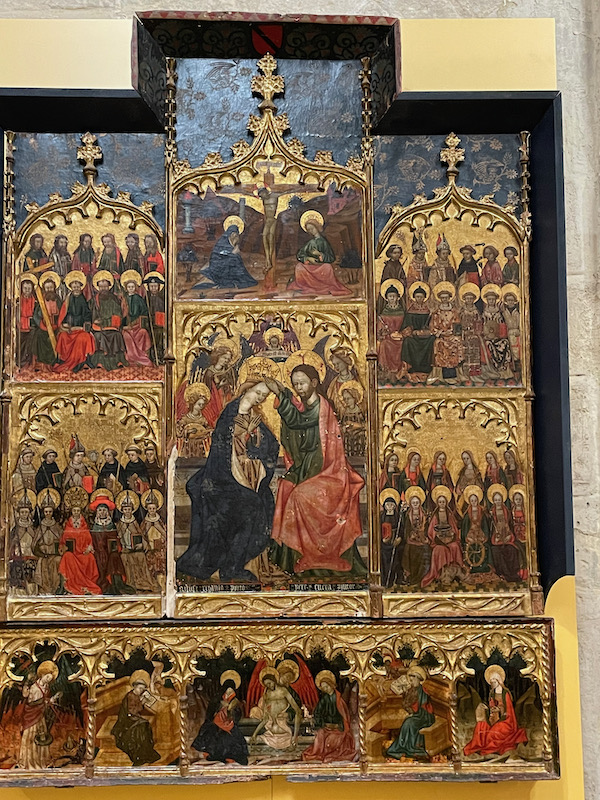
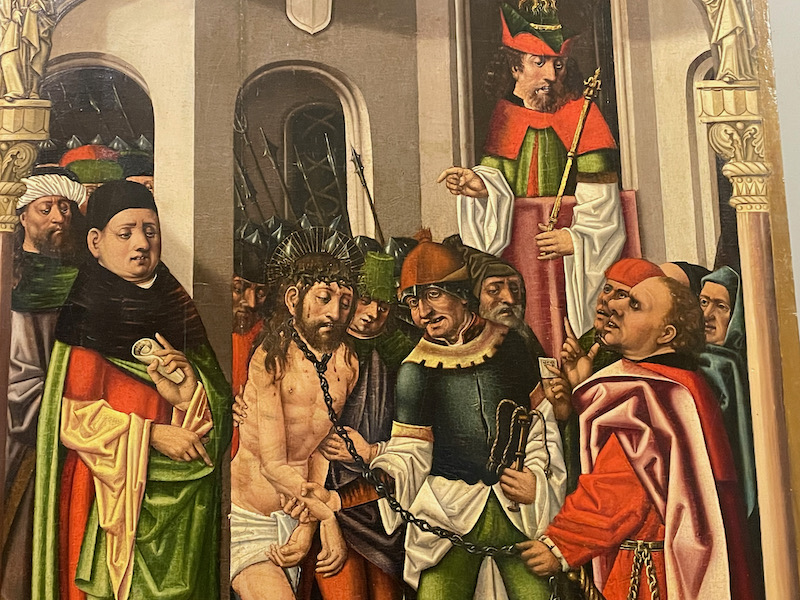
The interior contains a triple nave and quite a number of side chapels. As most Gothic cathedrals, it has a very high, vaulted roof with the vault ribs coming up from the supporting columns.
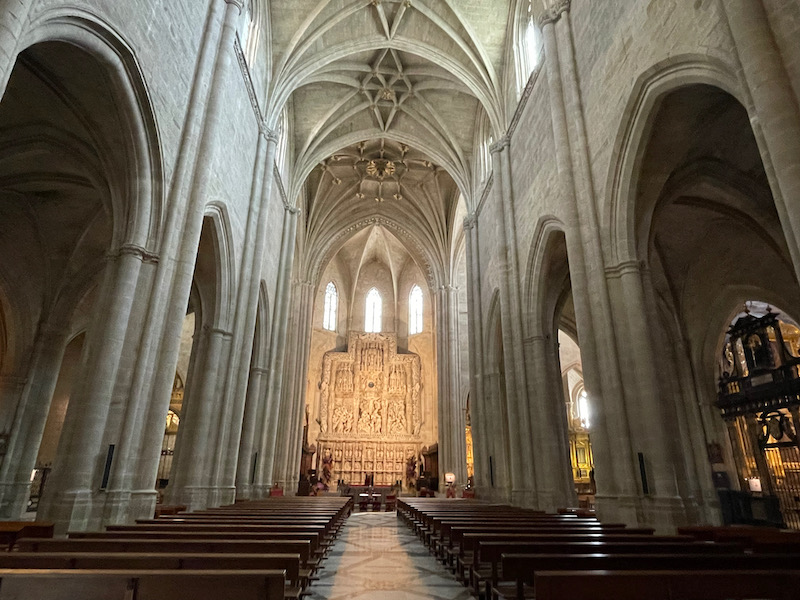
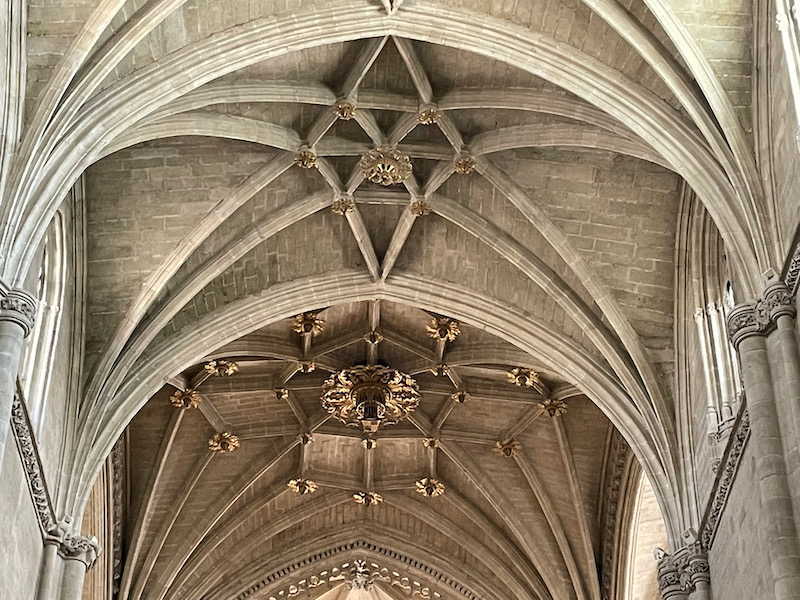
Chapel of St Orentius and St Patientia, who were the parents of Saint Lawrence, the patron saint of the city who was born here. Saint Lawrence was one of 7 deacons of Rome and was martyred in 258 when he defied an order from the Emperor to turn over the riches of the Church. Supposedly he was tied on top of an iron grill over a slow fire that roasted him. On his feast, the reliquary containing his burnt head is displayed in the St. Peter's Basilica for veneration. The chapel was built in 1302 and redone in 1645. The altarpiece and paintings are from the 17th century.
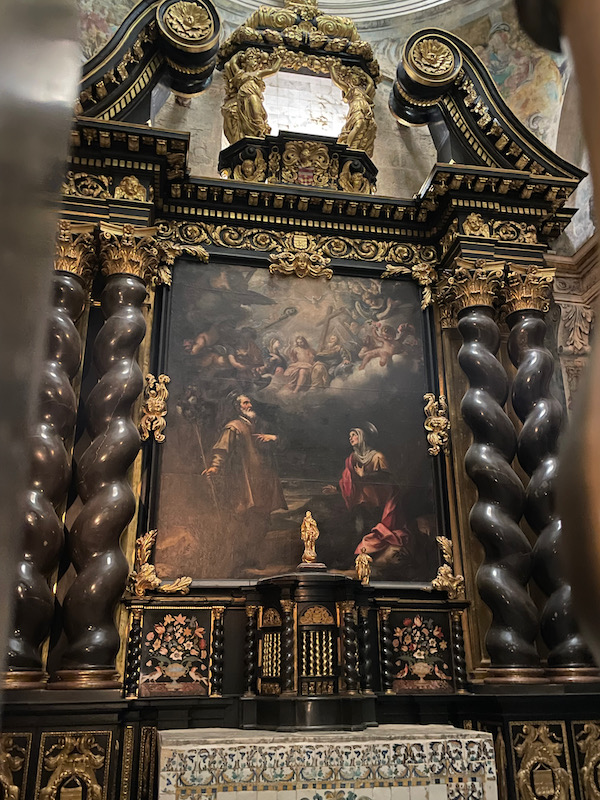
The St. Joachim chapel was built in 1300 and redone in 1654. The altarpiece and paintings are also from the 17th century.
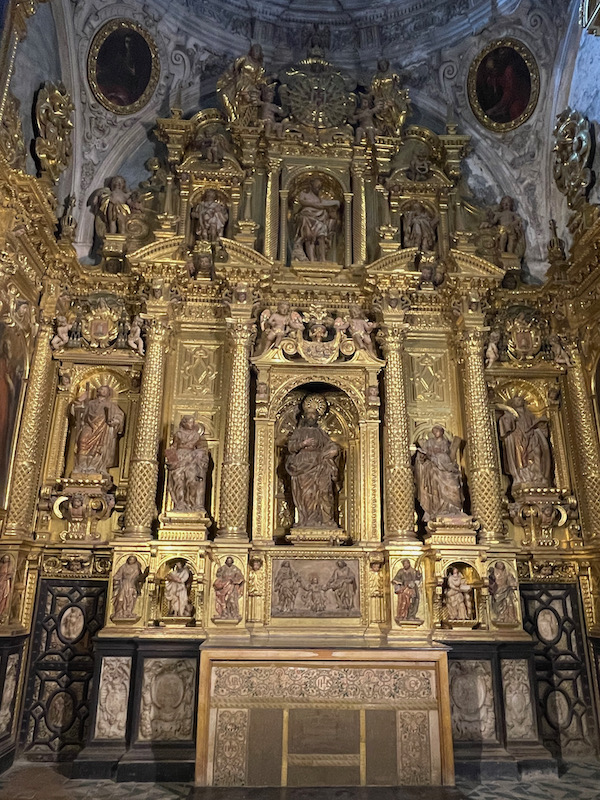
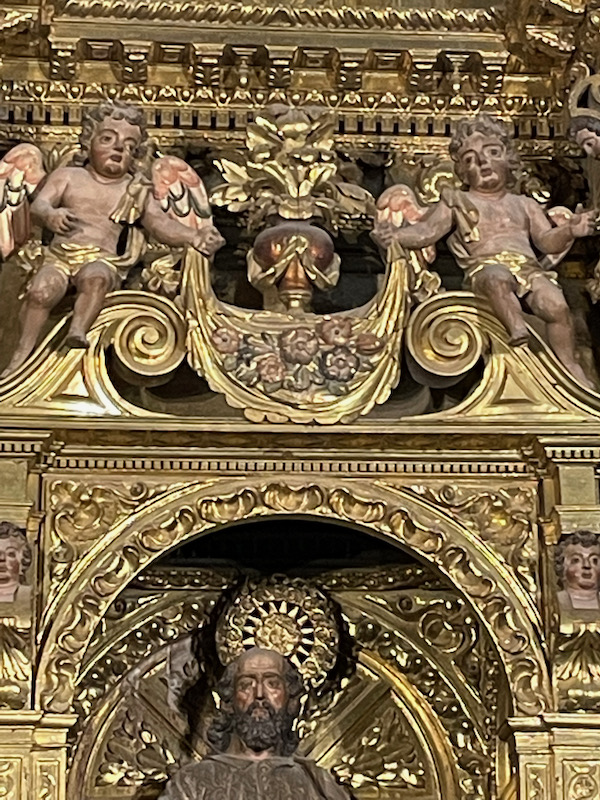
The central apse, dating from the end of the 13th century, was rebuilt and expanded in 1497. The altarpiece is made from alabaster and was carved to represent the crucifixion. It was done between 1520 and 1533 by Damián Forment, a sculptor from Valencia. The decorative and structural elements are Gothic while the figures and scenes are Renaissance style.
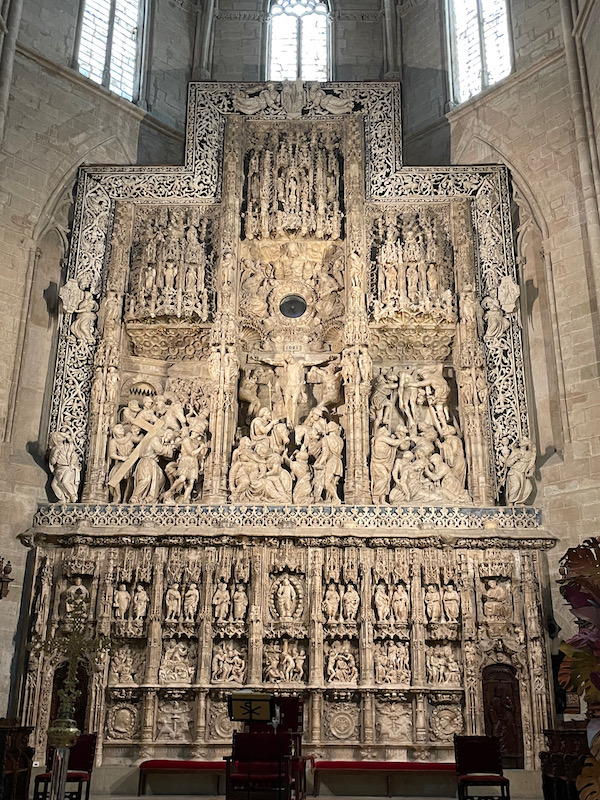
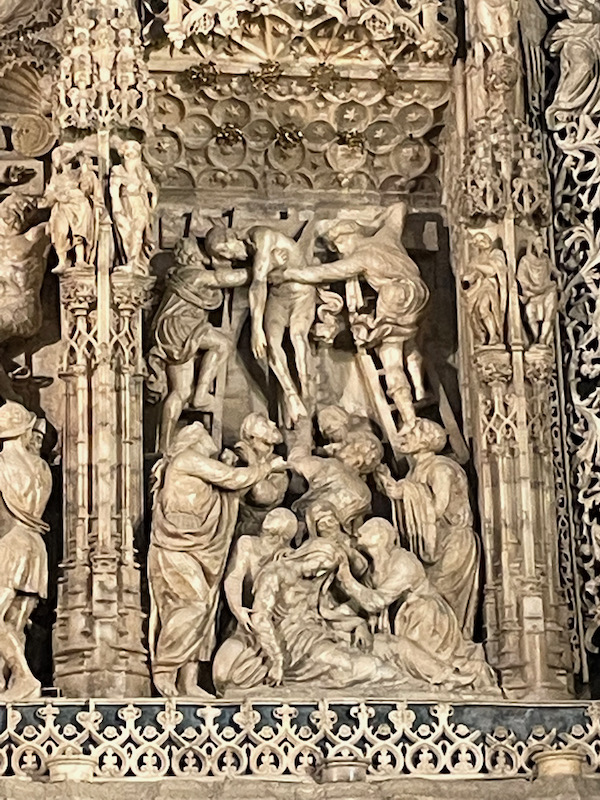
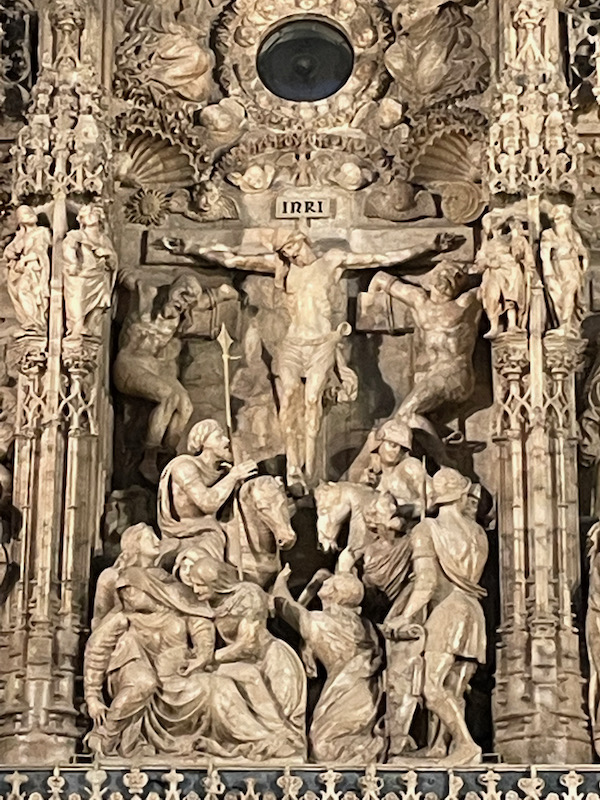
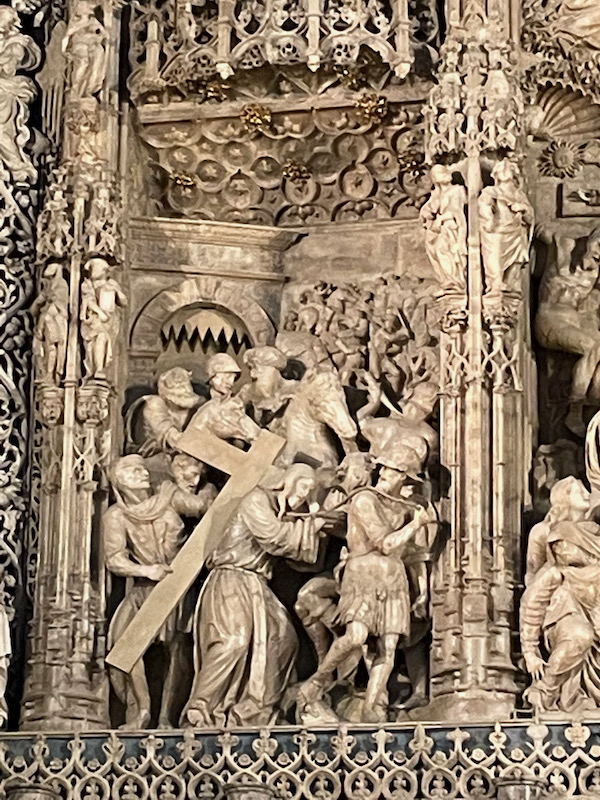
I couldn't NOT take pictures of the Saint Lucy Chapel! Built in 1297 with a sculpture of Saint Lucy from the 18th century. The side paintings represent various saints and were painted in 1912.
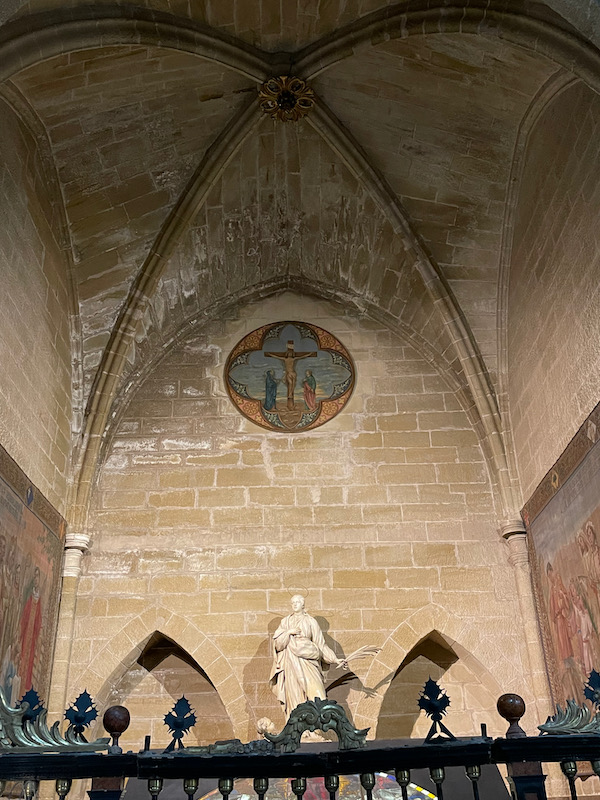
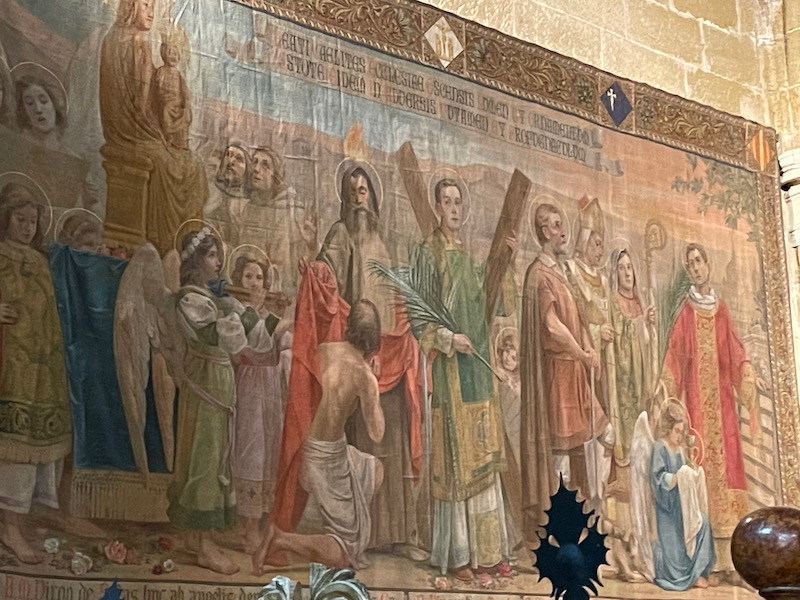
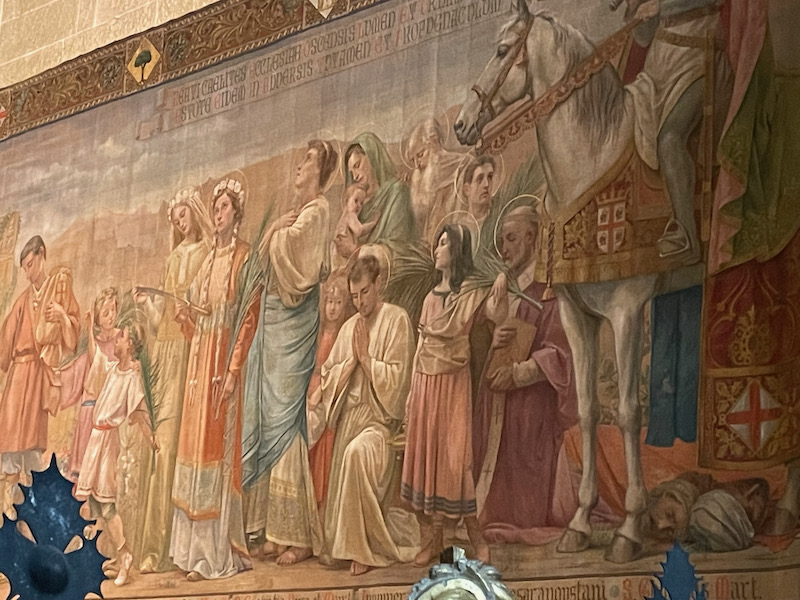
Another 13th century chapel, the Immaculate's chapel was changed into a cemetery chapel in the 15th century and then redone again in 1631. Unlike most of the chapels, this one has a lower border of colorful tiles, matching those on the altarpiece.
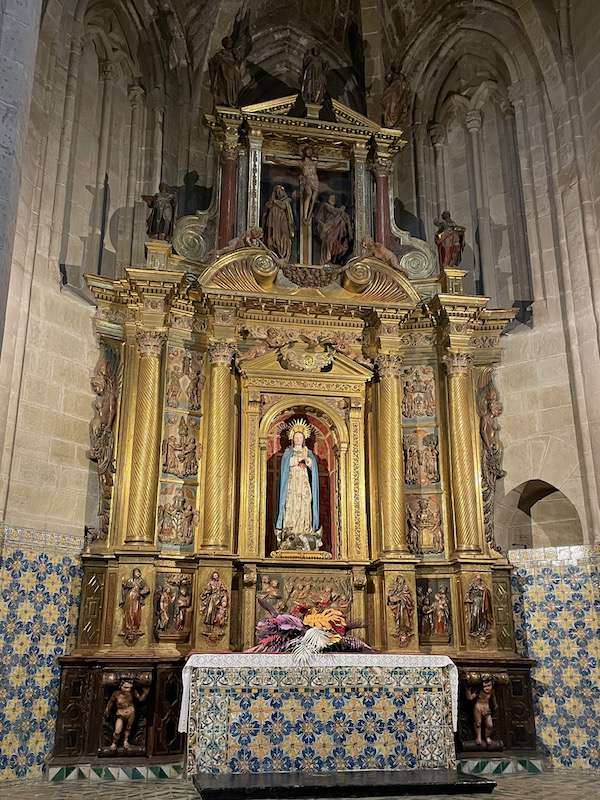
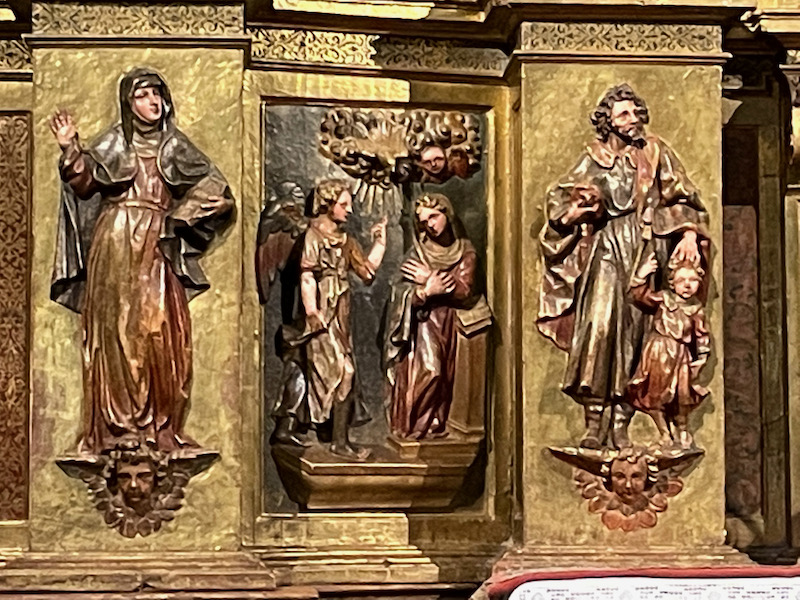
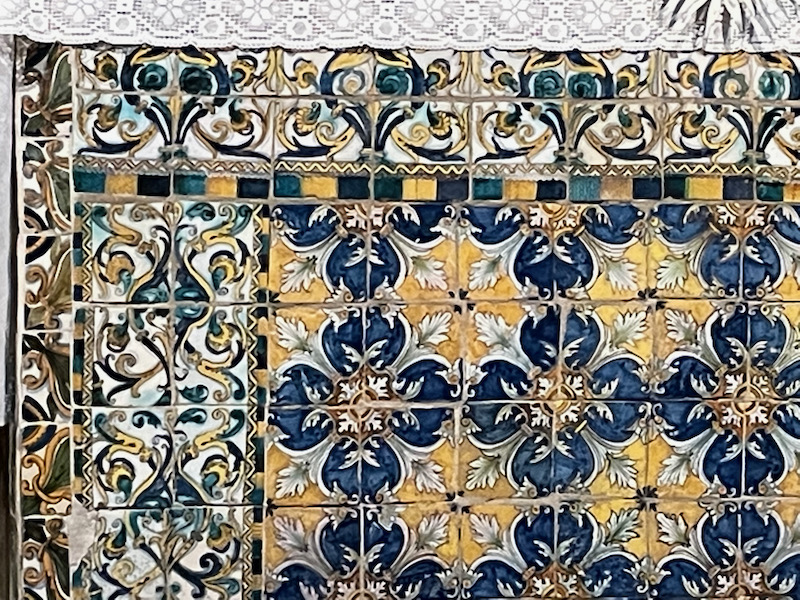
Remember I spoke about Sancho Ramirez built the nearby Castle of Montearagón. We drove by it and took a few pictures, but this is as close as we could go because the road was closed due to construction work. The castle was constructed in 1086 by King Sancho Ramirez and he founded a royal chapel in the castle in 1089. Eight years later, the castle was given to the Augustine monks who used it as an abbey for more than 7 centuries. Although it was used as an abbey the military mission of the castle was maintained during medieval times. The castle was confiscated in the 19th century and turned into a powder magazine. When this magazine exploded, the castle was destroyed and never rebuilt.
